The Propylene Glycol Market is characterized by a high level of competition in the market. The players in the market are constantly innovating and expanding their product offerings. Despite the challenges, there are several factors that are driving growth in the propylene glycol market such as rising demand in cosmetics and personal care applications, increasing demand from automotive industry, and high growth outlook for the food processing industry in emerging economies. Thus, the advancing end-use industries are driving the market growth.
The market players' growth depends on the market and economic conditions, government regulations, and industrial development. Thus, the players should focus on expanding their production capacity to meet the demand and enhance their product portfolio. LyondellBasell Industries Holdings B.V., BASF, Orlen, Shell, The Archer-Daniels-Midland Company, ADEKA Corporation, Chaoyang Chemicals, Inc., Shandong Haike Chemical Group, Manali Petrochemicals Limited, AGC Inc., INEOS Group, Tongling Jintai Chemical Industry Co., Ltd, Acuro Organics Limited, Repsol S.A., and Meru Chem Pvt. Ltd. Among others are the major companies in the market at the present that are competing in terms of quality, price, and availability.
These players are primarily focusing on the development of propylene glycol in the cost effective manner.
LyondellBasell Industries Holdings B.V.: LyondellBasell Industries Holdings B.V. is a global leader in the chemical industry, with a strong focus on the production and sale of plastics, petrochemicals, and basic chemicals. The company deals in five business segments including chemicals, polymers, advanced polymer solutions, fuels, and technology providing solutions for automotive, transportation, agriculture, packaging, infrastructure, and sports & leisure, and other markets. Under the chemicals segment it provides its wide range of chemicals within acetyls, diols, glycols, glycol ethers, polyols, alcohols, epoxides, ethers, olefins, aromatics, amines, amides, esters, carbonates, and peroxides among others.
The company provides its propylene glycol used majorly for the pharmaceutical applications under its diols, glycols range in chemicals segment. LyondellBasell Industries Holdings B.V. is committed to developing circular and low-carbon products and technologies, seeking to redefine the industry by championing chemistry as a sustainable solution for the planet. The company has its presence through 94 manufacturing units in 32 countries in North America, Europe, Australia & New Zealand, Asia Pacific, Middle East & Africa, and South & Central America.
BASF SE: BASF SE is one of the leading chemical manufacturers in the world. It operates through eleven divisions that are grouped into six segments: chemicals, materials, industrial solutions, surface technologies, nutrition & care and agricultural solutions. It further manages 52 global and regional business units and develops strategies for 72 strategic business units. Company’s products find applications in a wide array of industries such as automotive, agriculture, construction, electrical & electronics, packaging, paints & coatings, textile and paper & pulp, among others.
BASF has presence in around 91 countries and facilitates the manufacturing of its products through 239 production sites spread worldwide. The company focuses substantially on research and development and had R&D spending of around USD 2.45 billion in 2022. With a strong customer base, BASF caters to around 82,000 customers from numerous sectors globally. The company primarily operates in Europe and has an active presence in the Americas, Asia-Pacific, Middle East & Africa.
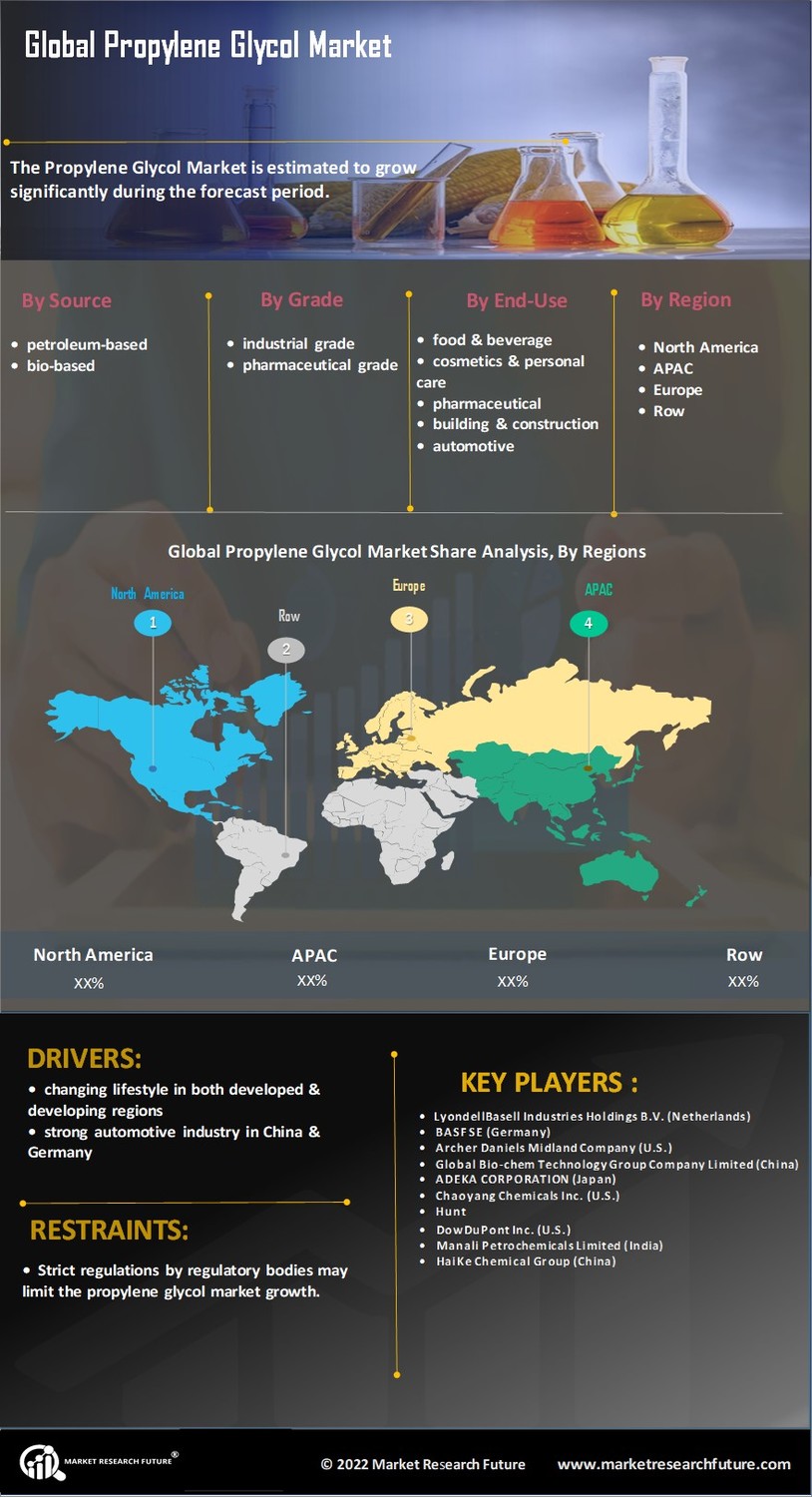

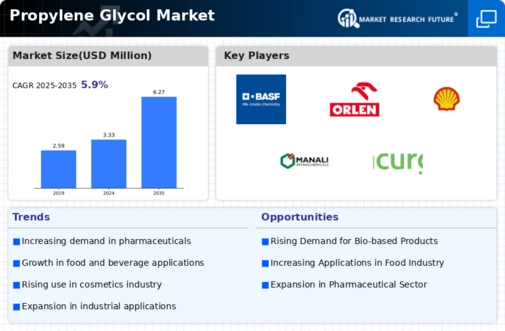
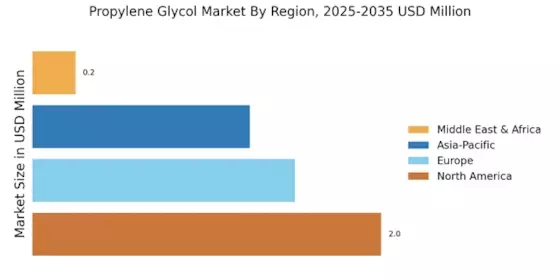

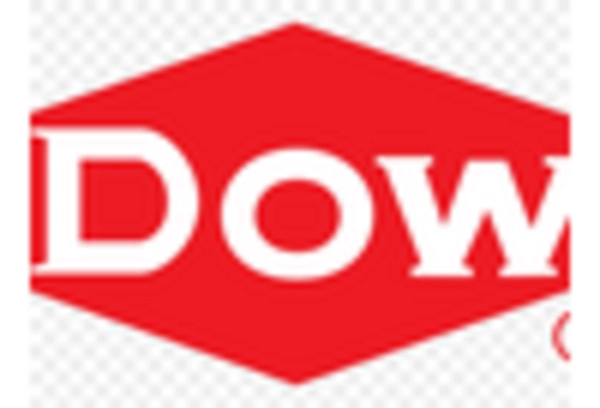
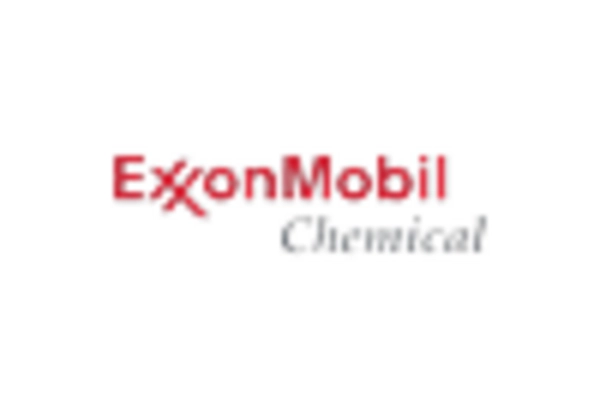

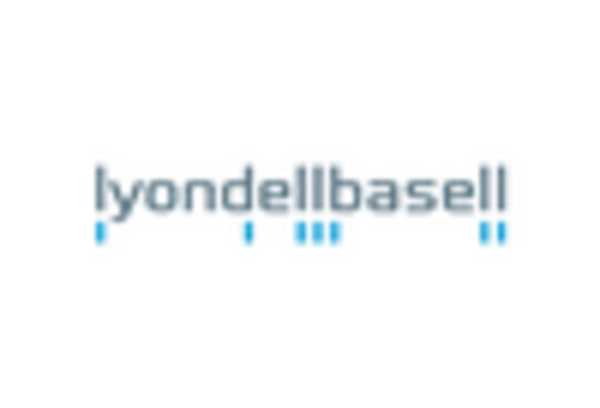
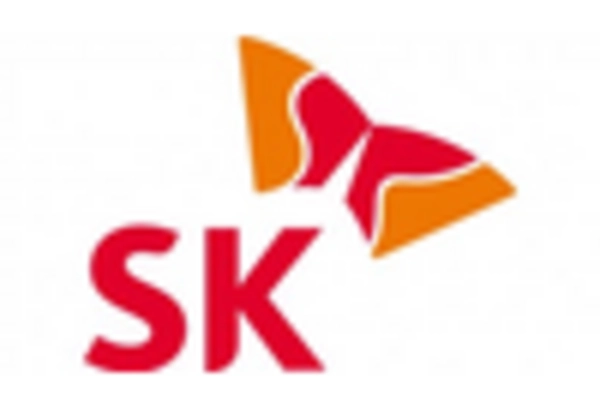








Leave a Comment